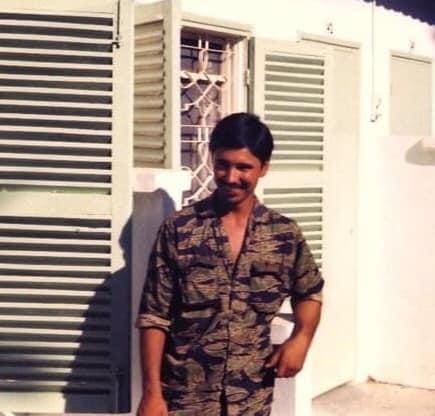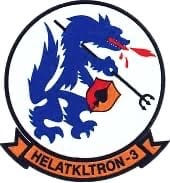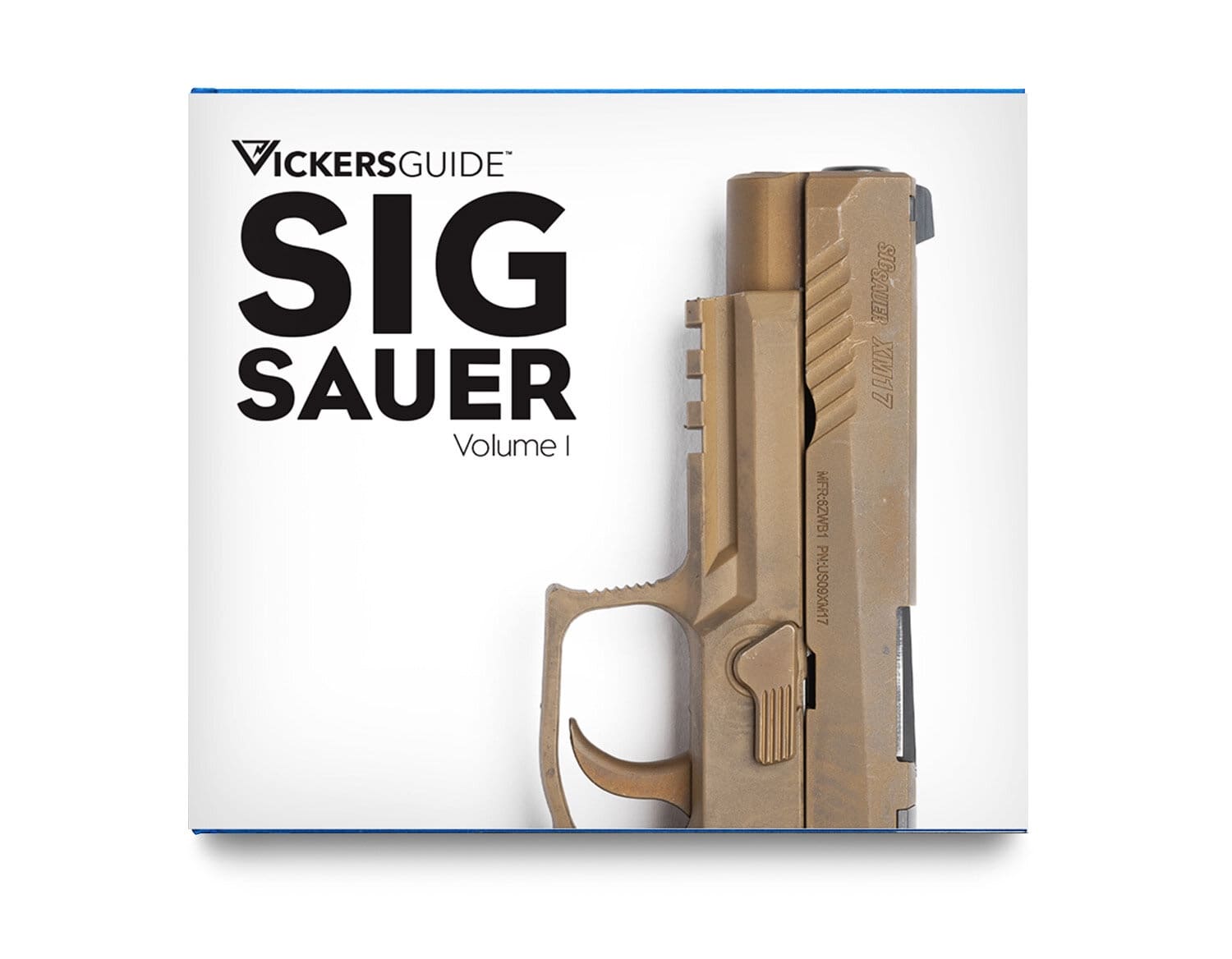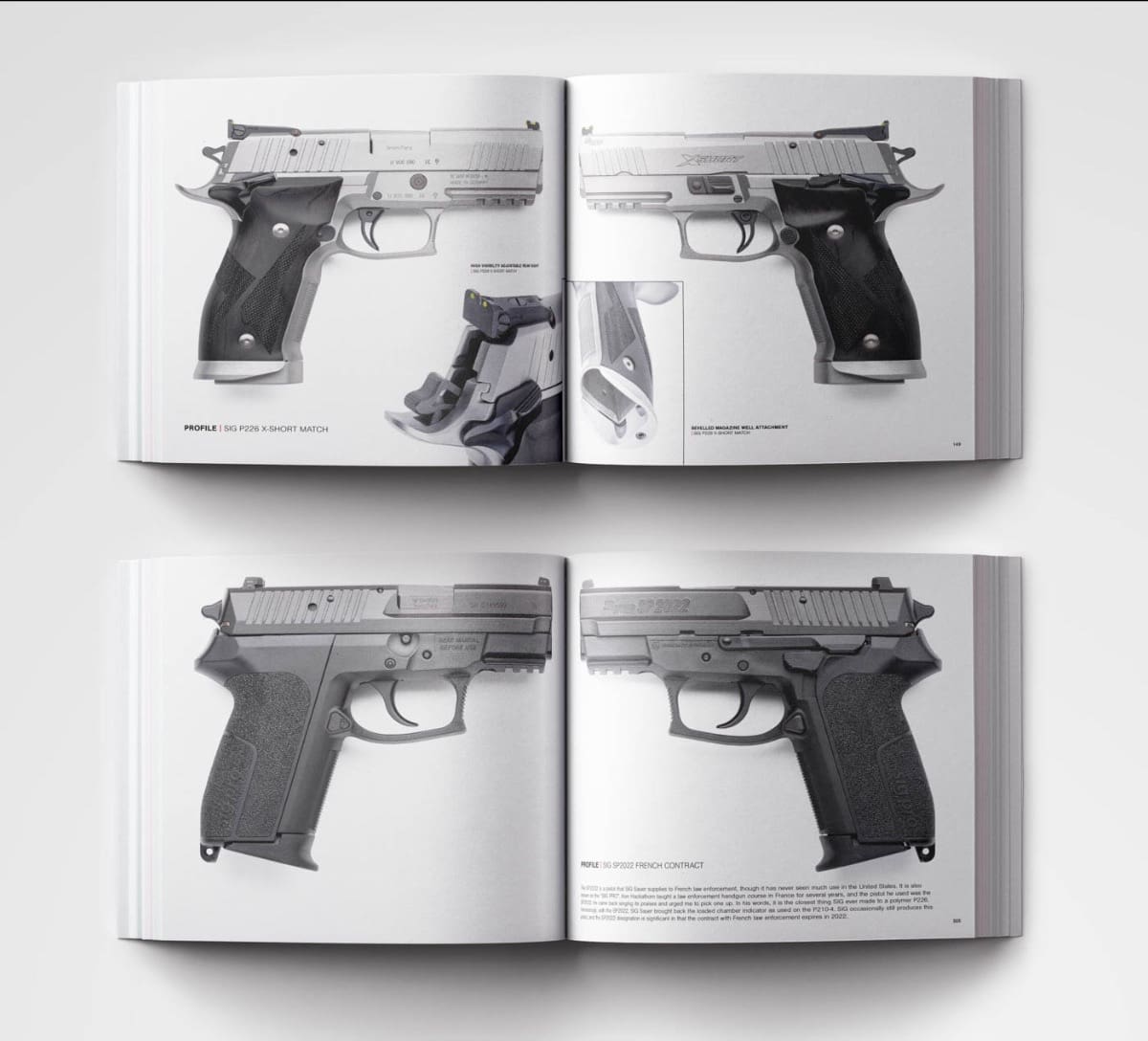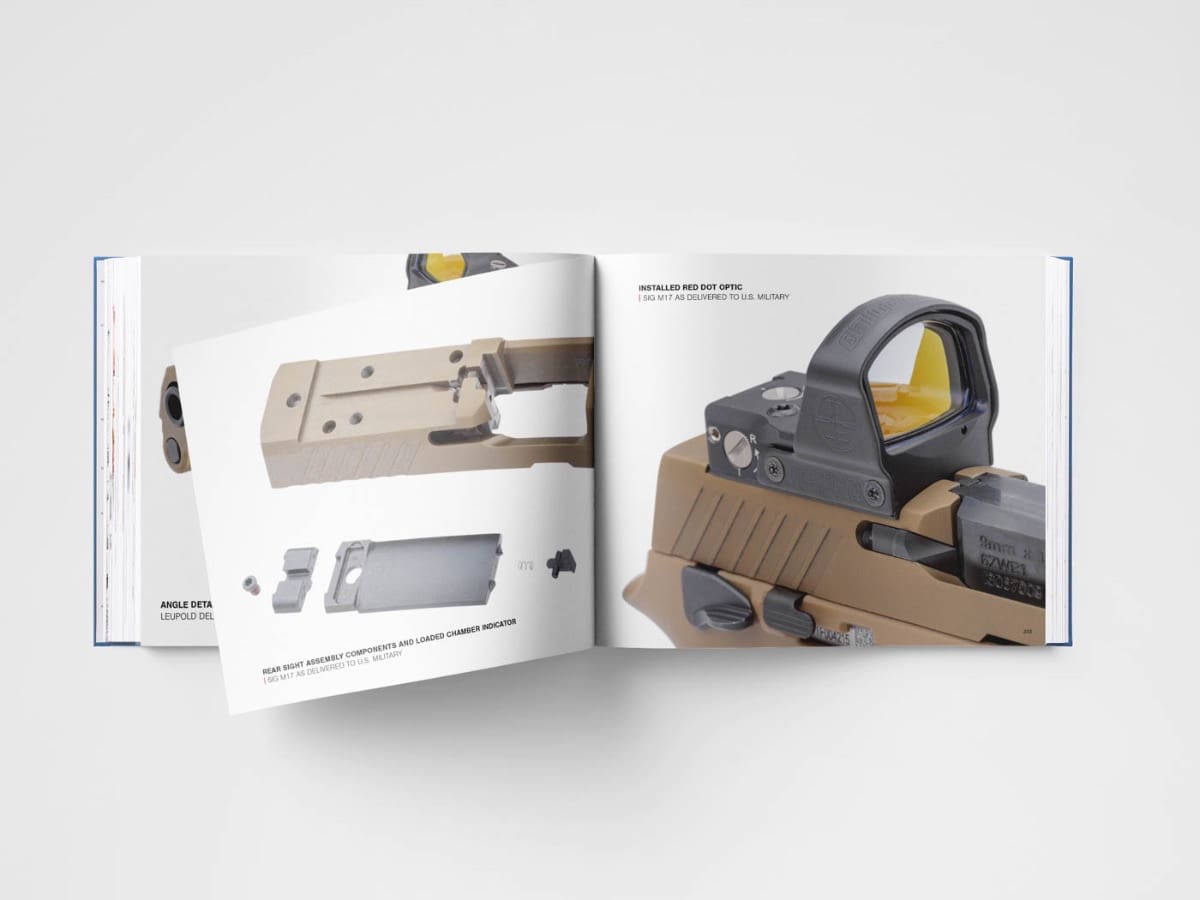It has come to our attention that MSG Melvin Hill (USA, Ret) has passed away at age 81. He was not only an Army veteran but served in Special Forces and MACV-SOG during the Vietnam war where he was the team leader for the first combat HALO mission. He was awarded the Silver Star for that mission.
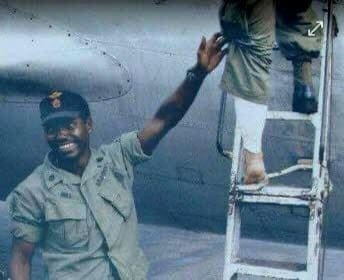
Melvin Hill was born March 26, 1939 in Brooklyn, New York and joined the Army in 1955. During his career he served with:
18th Regimental Combat Team (Airborne)
Airborne School – HALO instructor,
Special Forces (joined in 1964)
MAV-SOG (Two tours)
After his retirement Mel worked at the US General Services Administration, Washington, DC for 14 years.
Melvin Hill served two tours in Vietnam. His first tour was in 1966 with MACV-SOG, Khe Sanh, RVN, Spike Team Oklahoma. He returned in 1970 to MACV-SOG, Command and Control North (CCN), Recon Company, Recon Team Florida.
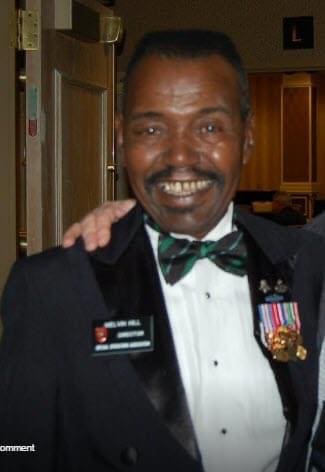
Melvin was the team leader for the first MACV-SOG, High Altitude Low Opening (HALO), Combat Jump. He was awarded the Silver Star for that HALO jump (28 November 1970).
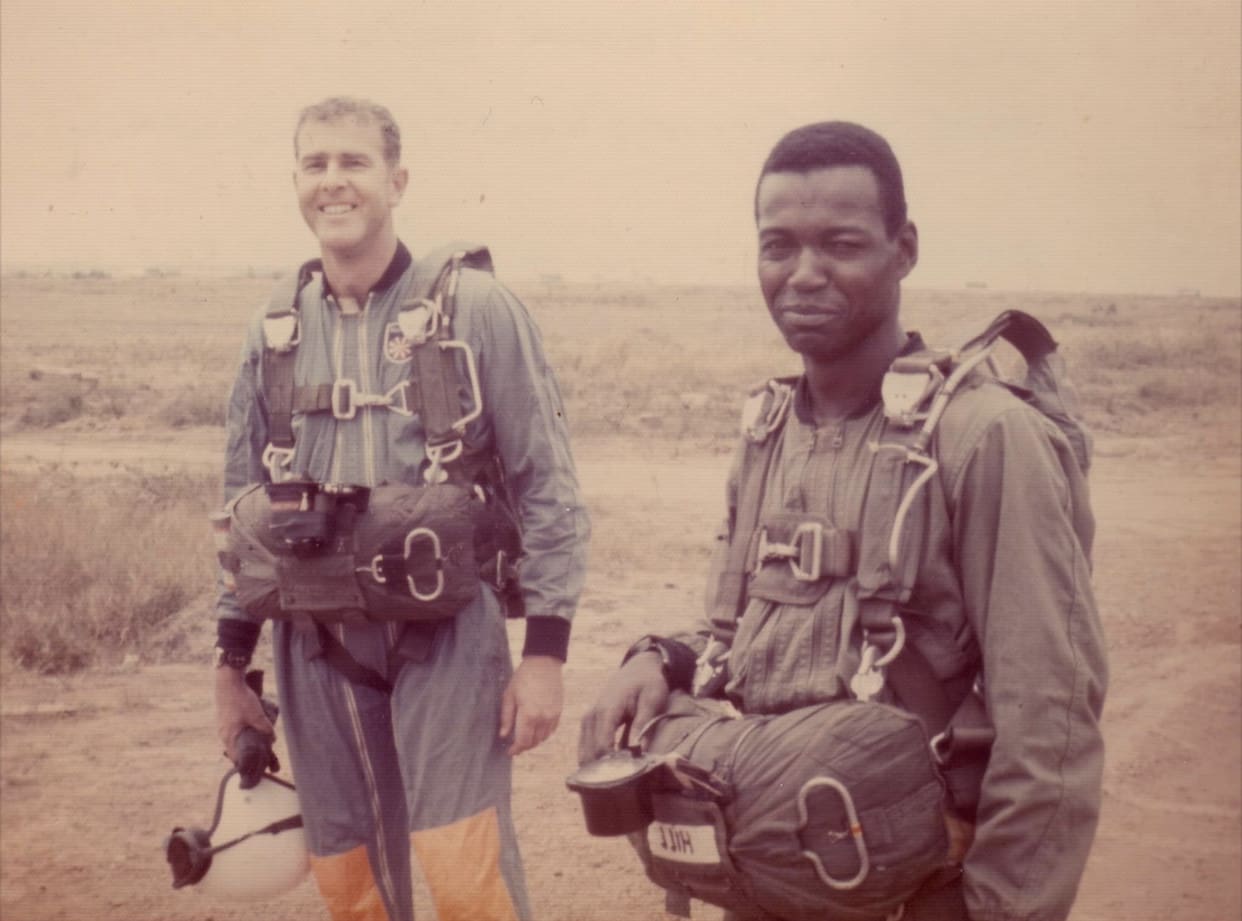
Hill is seen here with Cliff Newman who also participated in that fabled jump along with Sammy Hernandez.
The citation for his Silver Star reads:
The President of the United States of America, authorized by Act of Congress, July 8, 1918 (amended by act of July 25, 1963), takes pleasure in presenting the Silver Star to Sergeant First Class Melvin Hill, United States Army, for gallantry in action on 28 November 1970, while serving as Team Leader of a Combined Reconnaissance Team, Republic of Vietnam. At 0200 hours Sergeant Hill fearlessly led his team from the tail gate of a C-130 aircraft at an altitude of 17,000 feet on the first free fall into hostile territory in the history of the United States Army. This awesome free fall carried him through two cloud layers and light rain to penetrate deep in the enemy’s rear area. The team landed in rugged terrain, but, due to the intensive training and rehearsal conducted by Sergeant Hill, sustained no injuries. Having cached their parachutes, the team moved through the high-threat area toward their target to accomplish their reconnaissance mission. During their five-day stay behind enemy lines, the team gathered sufficient hard intelligence to mark this mission a success. As a result of Sergeant Hill’s training, motivation and fearless leadership, his team was able to accomplish a harrowing mission which testifies to his courage and moral fiber. Sergeant First Class Hill’s conspicuous gallantry in action was in keeping with the highest traditions of the United States Army and reflects great credit upon himself and the military service.
Biographical information and photos from Special Operations Association and Special Forces Taps groups on Facebook.


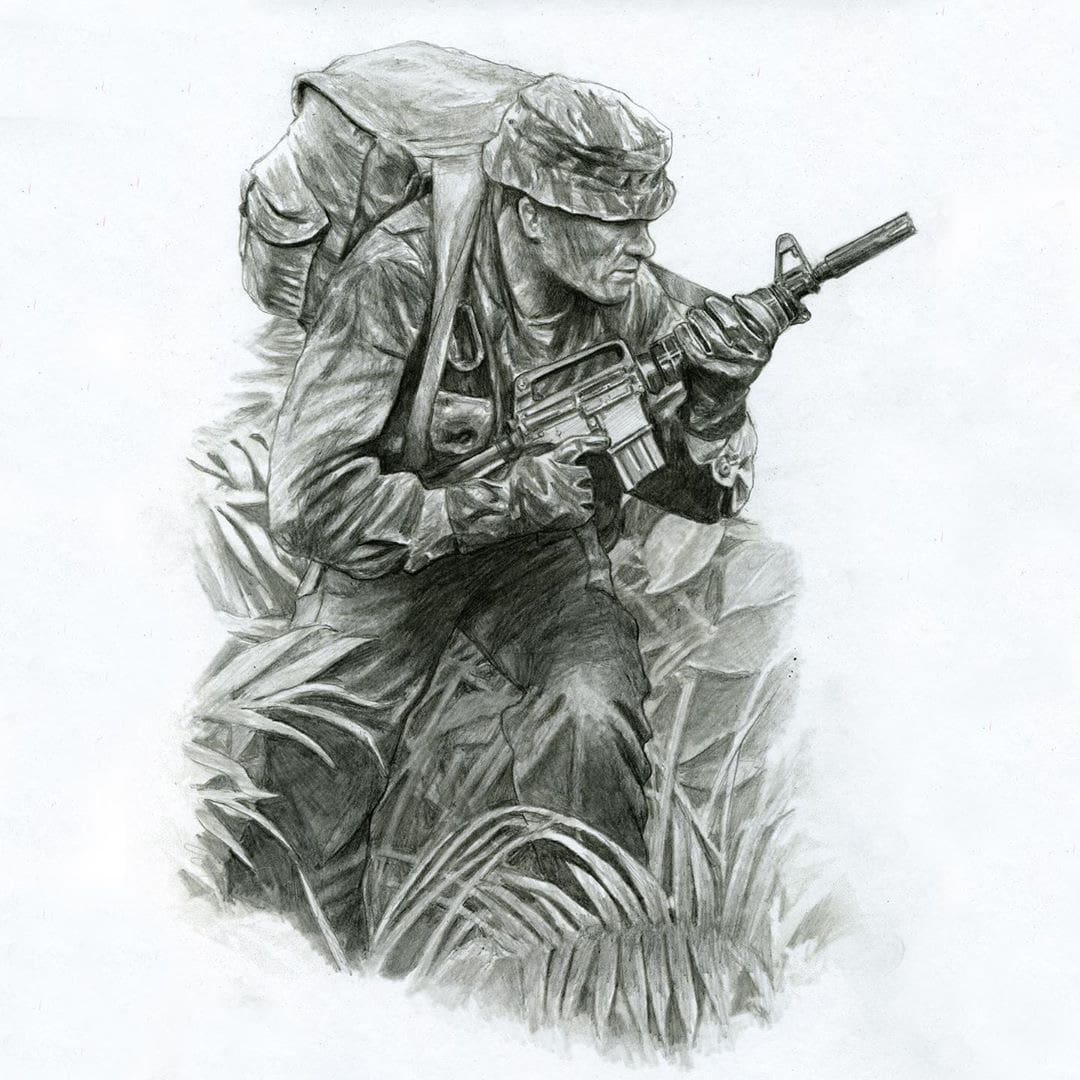
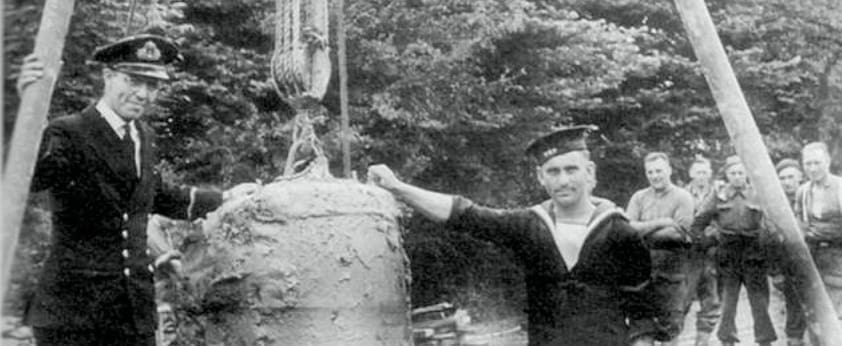
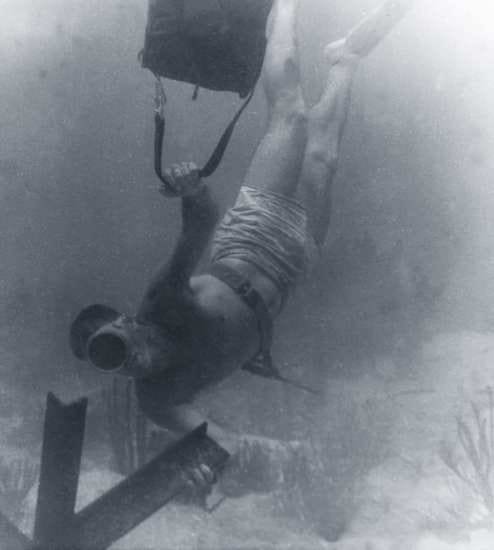
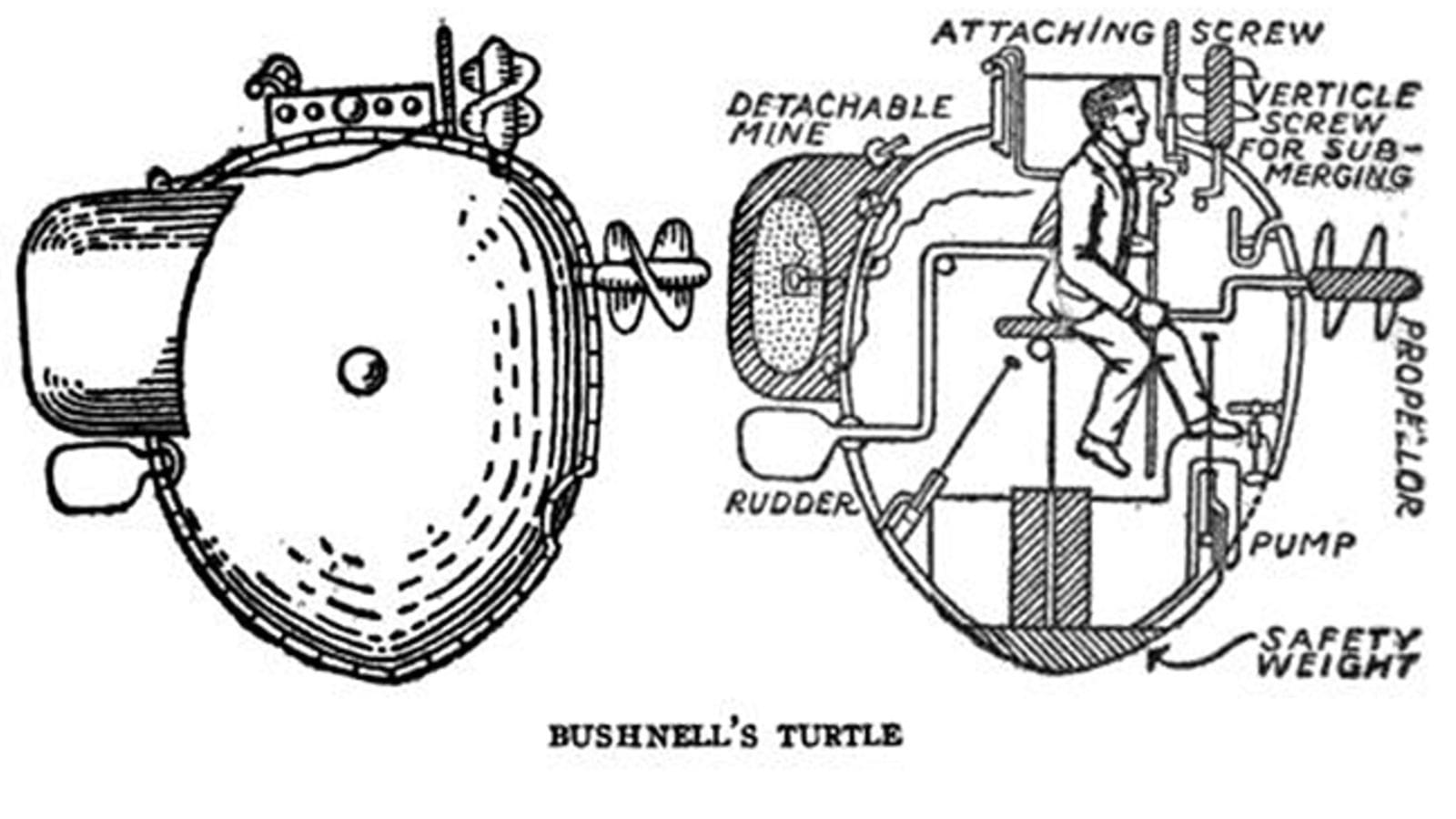

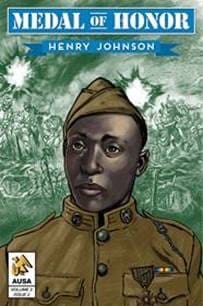 Henry Johnson served on the Western Front of the First World War as member of the 369th Infantry Regiment, an African American unit that later became famous as the Harlem Hellfighters. While on sentry duty, Johnson fought off a German raiding party in hand-to-hand combat, despite being seriously injured. He was the first American to receive a Croix de Guerre with a golden palm, France’s highest award for bravery, and became a national hero back home.
Henry Johnson served on the Western Front of the First World War as member of the 369th Infantry Regiment, an African American unit that later became famous as the Harlem Hellfighters. While on sentry duty, Johnson fought off a German raiding party in hand-to-hand combat, despite being seriously injured. He was the first American to receive a Croix de Guerre with a golden palm, France’s highest award for bravery, and became a national hero back home.